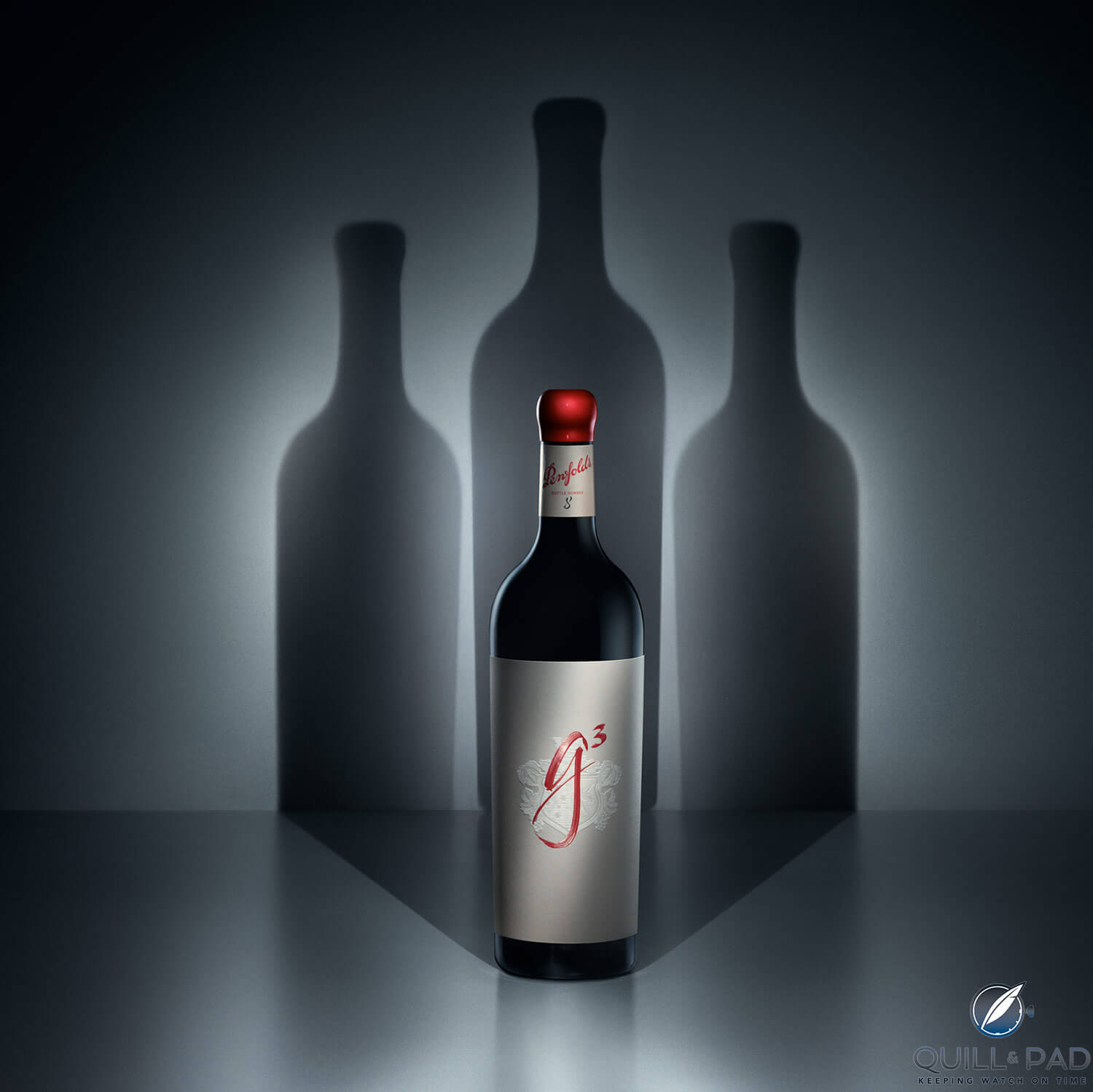by Ken Gargett
Penfolds, unquestionably Australia’s leading global wine brand, makes one of the world’s finest and most collectible wines: Grange. Predominantly Shiraz – even sometimes 100 percent – from a range of regions in South Australia, it is on every wine lover’s bucket list.
And Grange is a wine with a history that most fantasy novelists could not conjure.
Originally made as an experiment in 1951 by Penfolds’ chef winemaker, Max Schubert, and commercially available from 1952, it was his attempt to duplicate the great Bordeaux to which he had been exposed on a trip to Europe to research fortified wines. A bottle of the exceedingly rare ’51 Grange vintage will bring in excess of AUD$50,000/US$40,000 these days.
Schubert faced a couple of small problems upon his return to Australia: there simply was not enough Cabernet Sauvignon available to him to replicate the Bordeaux style, so he was forced to use Shiraz (it is often forgotten that even Australia’s most famous Cabernet region, Coonawarra, was once almost entirely planted with Shiraz and whites).
Next, when it came to oak the requisite French oak was simply not available in Australia. He was forced to make do with American oak.
When the Grange was first exhibited around five years after first being laid down in Penfolds’ cellars, the response was so overwhelmingly negative – a “very good, dry port, which no one in their right mind will buy let alone drink” and “crushed ants” were two comments – that the board immediately ceased production. Schubert was devastated, but he decided to continue production in secret despite knowing that it would mean instant dismissal if he were discovered.
As a result, Grange vintages from the years of 1957, 1958, and 1959 were hidden in the cellars at Magill in Adelaide, 1,400 kilometers from the head office in Sydney.
Unfortunately, Schubert had to forego new oak for these three vintages, making them the only Granges not to have 100 percent new American oak. Eventually, some of the early vintages were re-tried, and only then did it become clear what a gem had blossomed.
Chairman of the board Gladys Penfold-Hyland instructed Schubert to recommence production. One would love to have been the proverbial fly on the wall when he revealed to the board that he had never stopped.
Grange was heavily awarded when it was shown, though Penfolds has stopped the practice for many years now. Great years like 1953, 1955, 1962, 1971, 1976, 1986, 1990, 1991, 1996, 1998, 2002, 2004, 2008, 2010, and the last couple of releases all still drink beautifully and many have time ahead.

Penfolds G3
A surprising new Penfolds Grange blend for 2017
This year, when releasing the exquisitely elegant 2013 vintage, the current chief winemaker, Peter Gago, had a surprise: a new wine.
Not quite a one-off, as it will be repeated at some unknown time in the future, it is very close to a unicorn wine. Simply called “G3,” it is a blend of three vintages of past Granges.
Hence, like Vega-Sicilia’s Único Reserva Especial or Chapoutier’s le Pavillon as it once was, and the many examples from Champagne – perhaps Laurent Perrier’s Grand Siecle, a blend of three vintages, even if the company will no longer tell us which ones, is the closest – this is a non-vintage wine, or perhaps as Krug would prefer, a multi-vintage wine.
Only 1,200 bottles of the G3 have been made for the entire world, and it may be the best part of a decade before Penfolds releases the next one (yes, there are others in the system). Even if you manage to find one, the cost is AUD$3,000/€2,995 a bottle.
Gago conducted production much as Schubert had so many years ago, in secrecy from the board, as a “behind closed doors” project.
Even the winemaking team had not seen the finished product when Gago opened it for the tasting – though one doubts that had he been discovered, he would have faced immediate termination. The board turned out to be wonderfully supportive.

Penfolds G3
For this first release of G3 vintages, the three Granges are 2008, 2012 and 2014. The 2008 and 2012 vintages are highly regarded, while 2014, which will be released next year, is already attracting plenty of hype, suggesting it should be a great Grange. Percentages are a closely guarded secret, though Gago will concede that there are significant contributions made by each of the vintages, “at least double figures.” So at the very least, ten percent of each.
The contribution of the latter two years was from barrel, while that from the 2008 vintage came from bottles, with all three then matured together. Gago’s aim was for something “completely different,” which would reflect, first and foremost, a house style. He has undoubtedly achieved that.
The Penfolds G3 undoubtedly does show the Grange style, but not as “Grange” and not as any specific vintage. Perhaps a little oaky at this stage? Currently, it is exhibiting black fruits, licorice, spices, and olives.
Rich, complex and supple, there are very fine tannins and it is a wine that should age well. Though whether it will be a wine enjoyed over time or it simply becomes a commodity, time will tell.
Hopefully the former.

Penfolds G3
For more information, please visit www.penfolds.com.
Quick Facts Penfolds G3
Blend: 2008 Grange, 2012 Grange, 2014 Grange
Limitation: 1,200 bottles
Price: AUD$3,000 / €2,995





















































Trackbacks & Pingbacks
[…] Penfolds G3: Making Grange, Already One Of The World’s Greatest Wines, Even Better […]
[…] You might also enjoy: Car And Watch Spotting In Havana Starring A Cartier Santos Dumont And Beautiful Old-Timer Cars Penfolds G3: Making Grange, Already One Of The World’s Greatest Wines, Even Better […]
Leave a Reply
Want to join the discussion?Feel free to contribute!